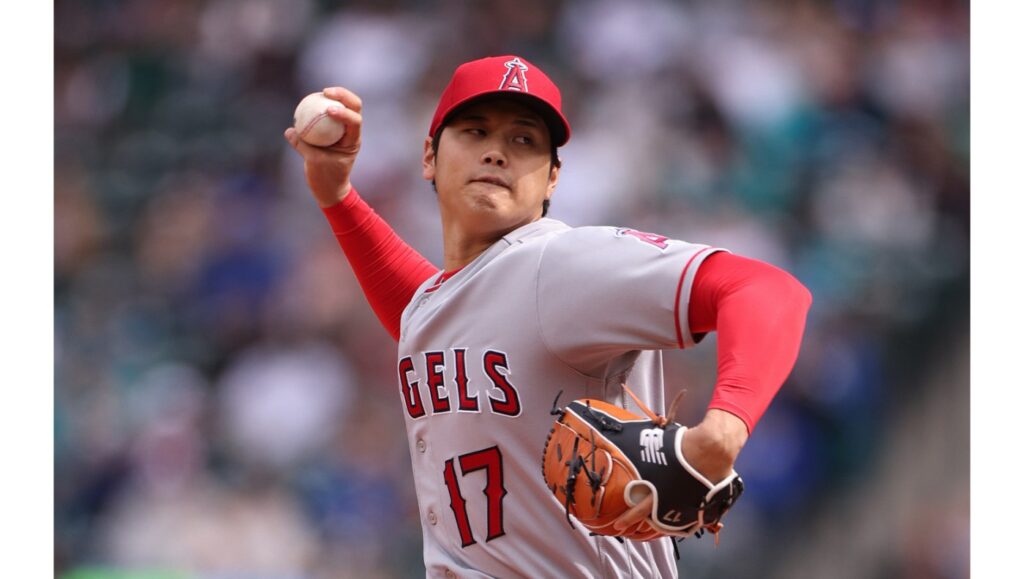
If you think it’s difficult to score runs in today’s game, imagine being a baseball fan in the ’70s.
The 1870s, that is.
This was an era when overhand pitches were illegal, batters could request a pitch come in high or low, and professional teams routinely appeared and disappeared from noted metropolises such as Troy (New York) and Middletown (Conn.). And, in the span of a couple of years, teams couldn’t hit their way out of a paper bag.
From 1873 to 1875, the total runs per game in the National Association of Base Ball Players – the first professional baseball league in the world – sank from an average of 21 to 12. One rule change seems especially responsible. Beginning in 1872, pitchers were allowed to “snap” their wrist while delivering a pitch. The curveball, such as it was, became legal.
If you’re still with me, this part will be less difficult to imagine. The game fans grew to love in 1871 came to be dominated by pitching in the span of a few short years. Men reminisced about the bygone days when 11-10 games were the norm and, just maybe, they asked an intelligent question about who was to blame for the change: the pitchers or the rule makers?
This week I received a note from a reader written in the form of an open letter to Major League Baseball. It was 1,684 words long. The author effectively argued that any attempt to deter baseball from its natural evolution amounted to “ruining” the sport altogether. It’s easy to presuppose that rules empower changes to the game, not the other way around, especially when a game is force-fed several new rules at once. But this was only true at the beginning of baseball’s origin story – at the origin of any sport, perhaps.
In 1864, when “professional” and “baseball” were mostly disparate pursuits, something called a “base on balls” had to be introduced as a pace-of-play measure. Without a penalty against throwing the ball out of the strike zone, a pitcher could throw only pitches no batter could hit, theoretically turning nine-inning games into all-day affairs.
The legal introduction of walks and curveballs have something important in common. Each was a countermeasure to the evolution of the game – a response to a disturbance in equilibrium between offense and defense.
I was reminded of how much the equilibrium has shifted in the last decade when an interview with Hall of Famer Chipper Jones on Bally Sports South went viral this week. “I don’t have a problem saying I would hit a solid .200 in today’s game,” said Jones, who retired after the 2012 season with a .303 career batting average.
Jones wasn’t reflecting on any of the new rules. He was reflecting on the brilliance of Atlanta Braves pitcher Spencer Strider. He went on: “Spencer’s a perfect illustration of what the game has come to: incredible arm, incredible secondary stuff. This guy, I’m glad he’s on our squad because he’s going to be a number-1 starter for many years to come.”
Had Rod Carew given an interview during Shohei Ohtani’s start against the Kansas City Royals last Friday, he might have said all the same things. Ohtani would almost certainly appear to the 1872 Middletown Mansfields as a god among men. For our purposes today, he’s a fantastic illustration of the kind of changes to the game Jones was referencing.
In 2018, Ohtani threw 185 pitches that broke at least 10 inches away from the hitter. Already this season he’s thrown 116. In 2021, Ohtani threw 256 pitches at 97 mph or harder. In a little more than one season since, he’s thrown 552.
But let’s not fall prey to making an example of the game’s most extreme talents. In Jones’ final season, 2012, only 0.5% of all pitches were 97 mph or harder and broke 10 inches or more away from the batter. Already, that percentage has more than doubled.
If you (realistically, your great-great-great grandparents) thought it was difficult to hit a baseball 150 years ago, just consider the last decade. Tweaking the rules to make it easier for batters to beat shifts, or for baserunners to steal a base, amounts to bringing a knife to a gunfight against the advances made by pitchers in the last 10 years.
This is an imperfect analogy. Maximizing pitch movement and velocity required the near-extinction of complete games, the proliferation of eight-man bullpens, and turning position players pitching into regular occurrences. It isn’t just that today’s pitchers are gods among men; they’re not being asked to throw nearly as many innings as their 19th-century counterparts.
That’s why one of the rules being tested in the Atlantic League this season will require teams to keep their starting pitchers in the game for at least five innings, or else be forced to sacrifice their designated hitter: MLB has the data. The rule makers know that only by reversing the trends that enabled superhuman pitching performances – not by banning shifts and throws to first base, or instituting pitch-clock penalties – can baseball reverse the biggest changes to the game enough to make someone like Chipper Jones a .300 hitter again.
Related Articles
Pirates run wild with 6 stolen bases in rout of Dodgers
Angels recall Chase Silseth for bullpen, but haven’t closed the door on him starting
Will Smith, Miguel Rojas nearing return to Dodgers’ lineup
Angels score early, bullpen holds lead to secure victory for Griffin Canning
Chris Taylor’s 3-run home run caps Dodgers’ comeback
